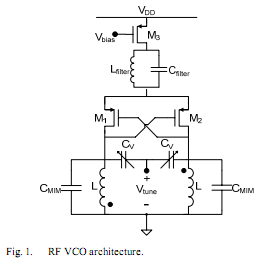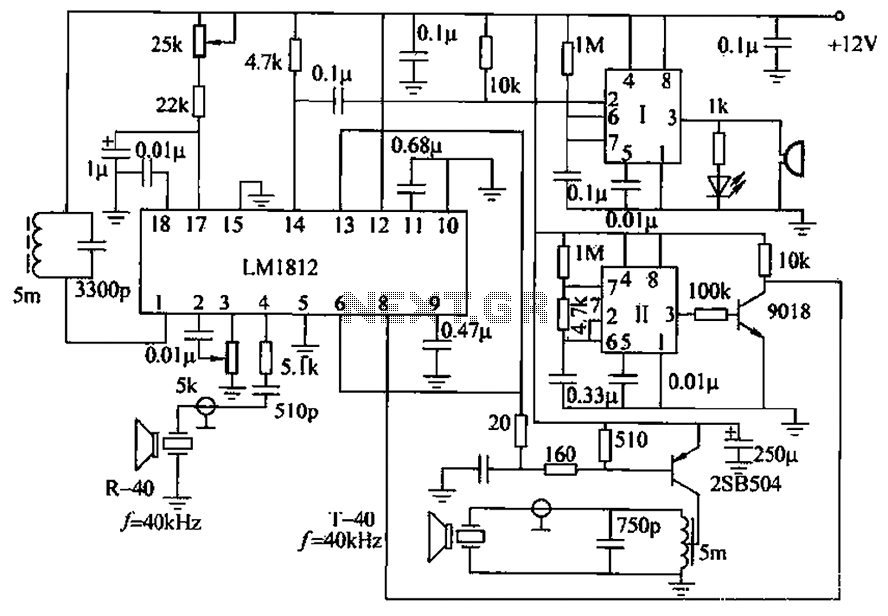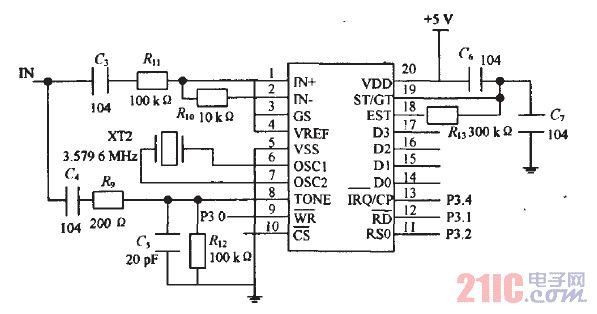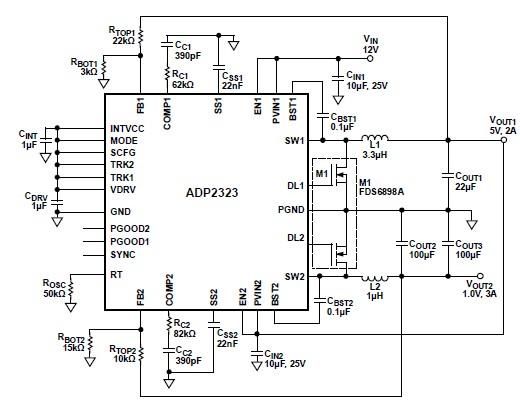
audiohackers jamcat design

During the recent audio hackers meetup at Hacker Dojo, discussions were held with Laura and Kevin regarding the challenges faced in creating a small local network referred to as "JamLan." There was mention of the consideration to develop a straightforward analog project for this purpose.
The concept of a "JamLan" network revolves around establishing a localized audio network that facilitates collaboration among musicians and audio enthusiasts. This network can be designed to allow multiple users to connect their instruments and devices, enabling real-time audio sharing and collaboration without the need for extensive setup or complicated configurations.
To create a basic analog project for the JamLan network, a simple circuit can be designed using operational amplifiers (op-amps) to mix audio signals from various sources. The circuit would consist of multiple audio inputs connected to a summing amplifier configuration. Each input would be equipped with a potentiometer to adjust the individual signal levels before they are combined.
The output of the summing amplifier can then be routed to a power amplifier stage to drive speakers or headphones. Additionally, a low-pass filter may be implemented to prevent high-frequency noise from interfering with the audio quality.
Power supply considerations are crucial; a regulated power supply circuit can be included to ensure that all components receive stable voltage levels, which is essential for maintaining audio fidelity.
This analog project not only provides an effective solution for creating a small local network for audio collaboration but also serves as an educational platform for understanding fundamental audio mixing and signal processing techniques.At the last audiohackers meetup at Hacker Dojo I was talking with Laura and Kevin about the difficulties that I was having coming up with a way to build a small local network that I was calling a ""JamLan"". I mentioned that I had been thinking about building a simple analog project that would use. 🔗 External reference
The concept of a "JamLan" network revolves around establishing a localized audio network that facilitates collaboration among musicians and audio enthusiasts. This network can be designed to allow multiple users to connect their instruments and devices, enabling real-time audio sharing and collaboration without the need for extensive setup or complicated configurations.
To create a basic analog project for the JamLan network, a simple circuit can be designed using operational amplifiers (op-amps) to mix audio signals from various sources. The circuit would consist of multiple audio inputs connected to a summing amplifier configuration. Each input would be equipped with a potentiometer to adjust the individual signal levels before they are combined.
The output of the summing amplifier can then be routed to a power amplifier stage to drive speakers or headphones. Additionally, a low-pass filter may be implemented to prevent high-frequency noise from interfering with the audio quality.
Power supply considerations are crucial; a regulated power supply circuit can be included to ensure that all components receive stable voltage levels, which is essential for maintaining audio fidelity.
This analog project not only provides an effective solution for creating a small local network for audio collaboration but also serves as an educational platform for understanding fundamental audio mixing and signal processing techniques.At the last audiohackers meetup at Hacker Dojo I was talking with Laura and Kevin about the difficulties that I was having coming up with a way to build a small local network that I was calling a ""JamLan"". I mentioned that I had been thinking about building a simple analog project that would use. 🔗 External reference





